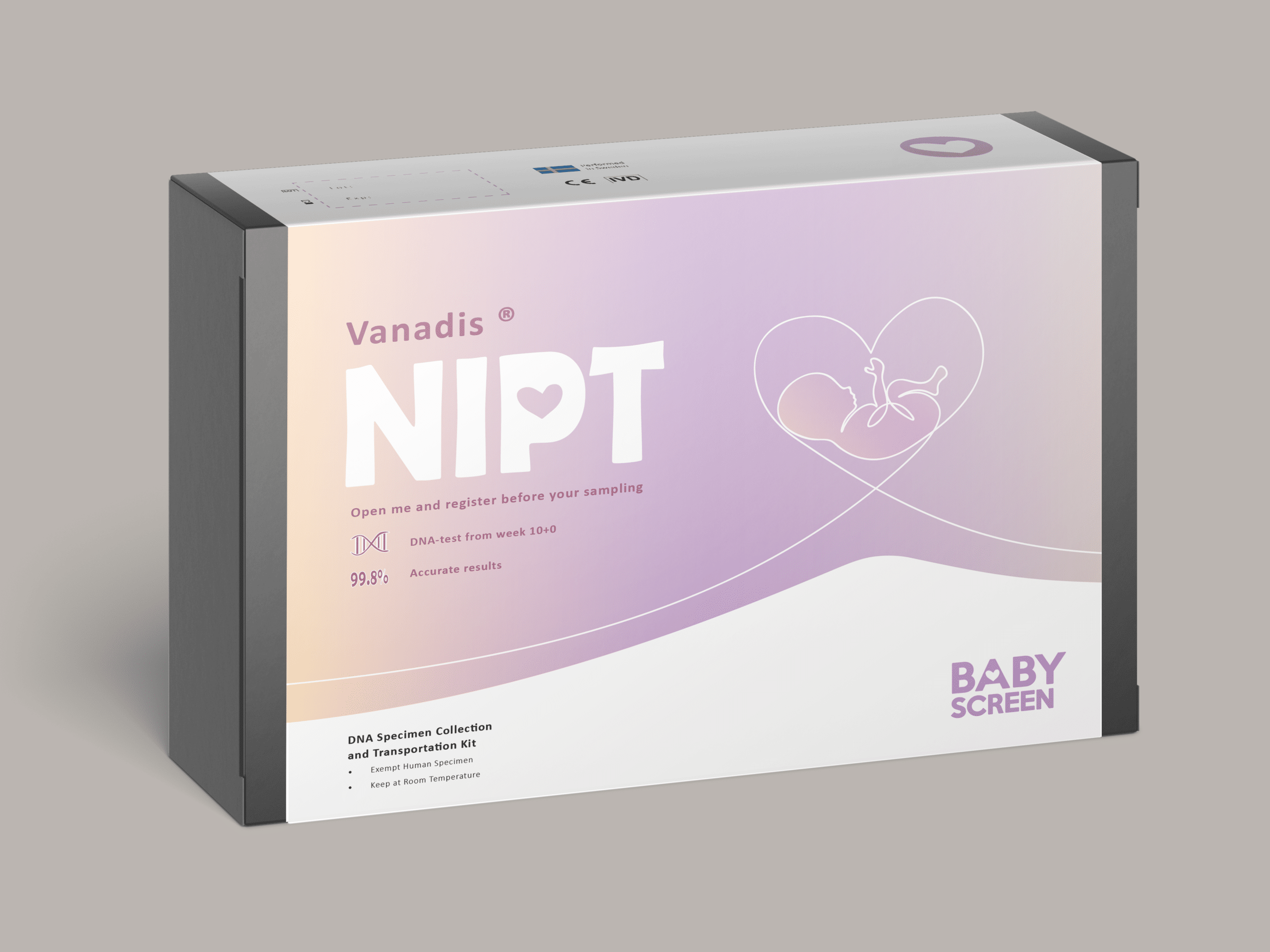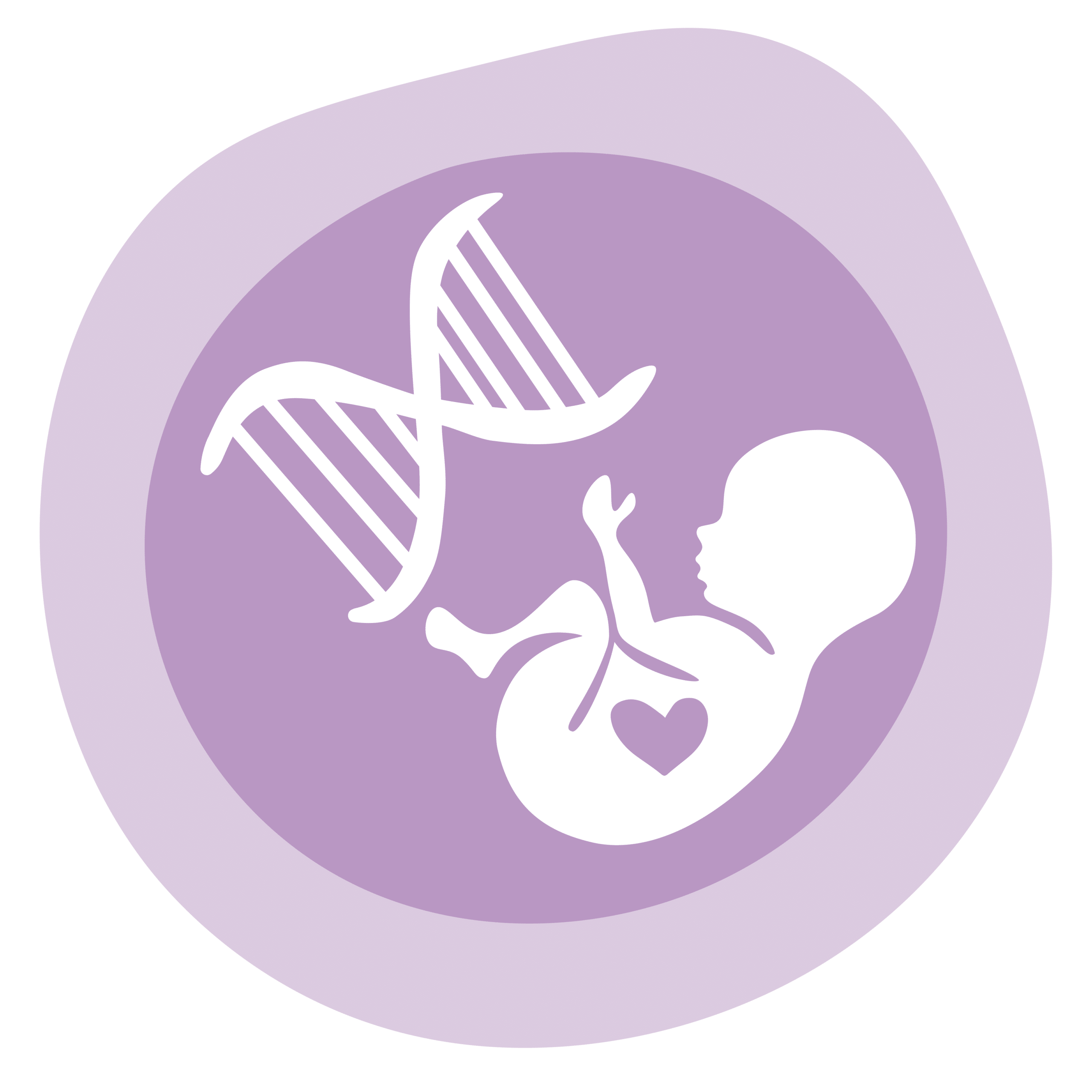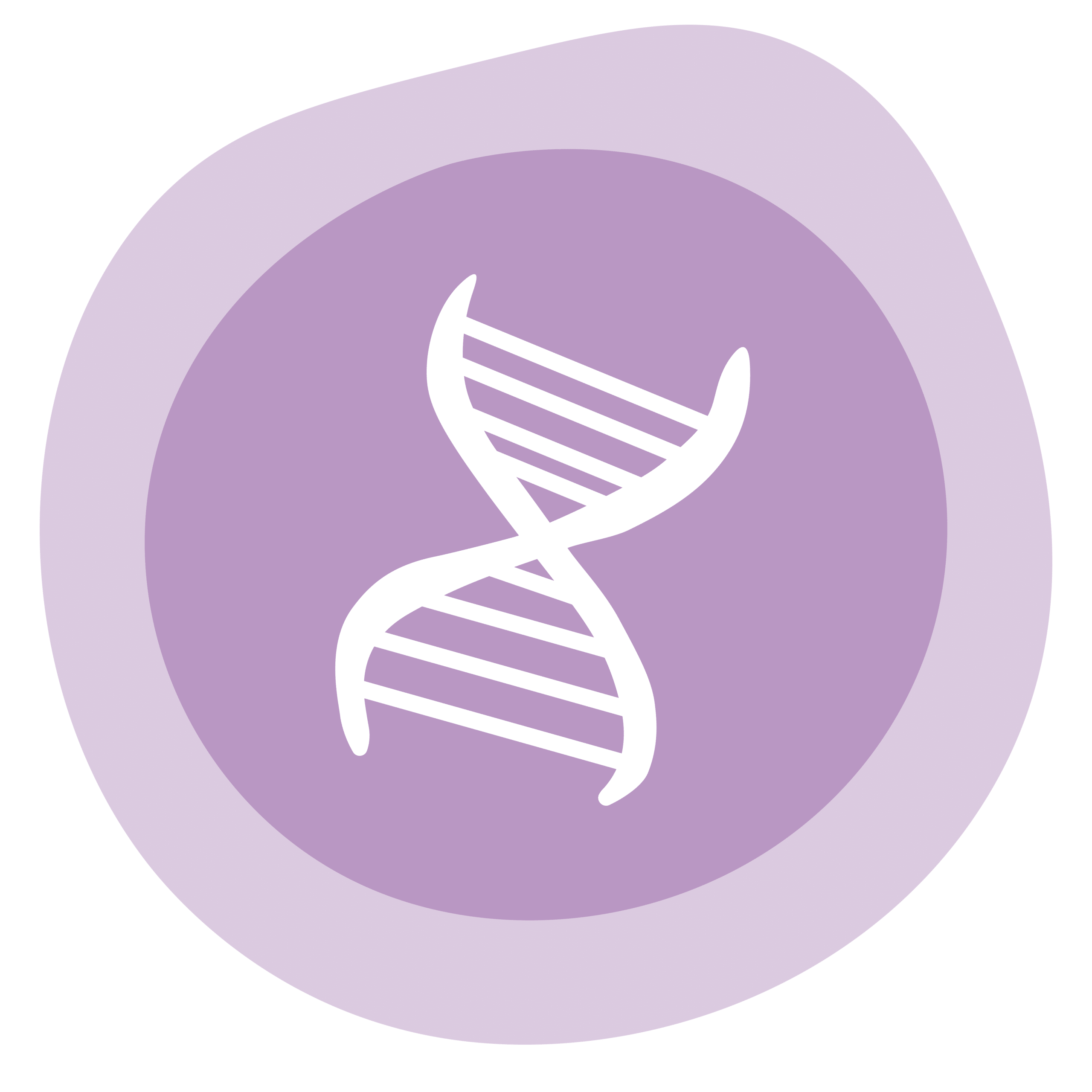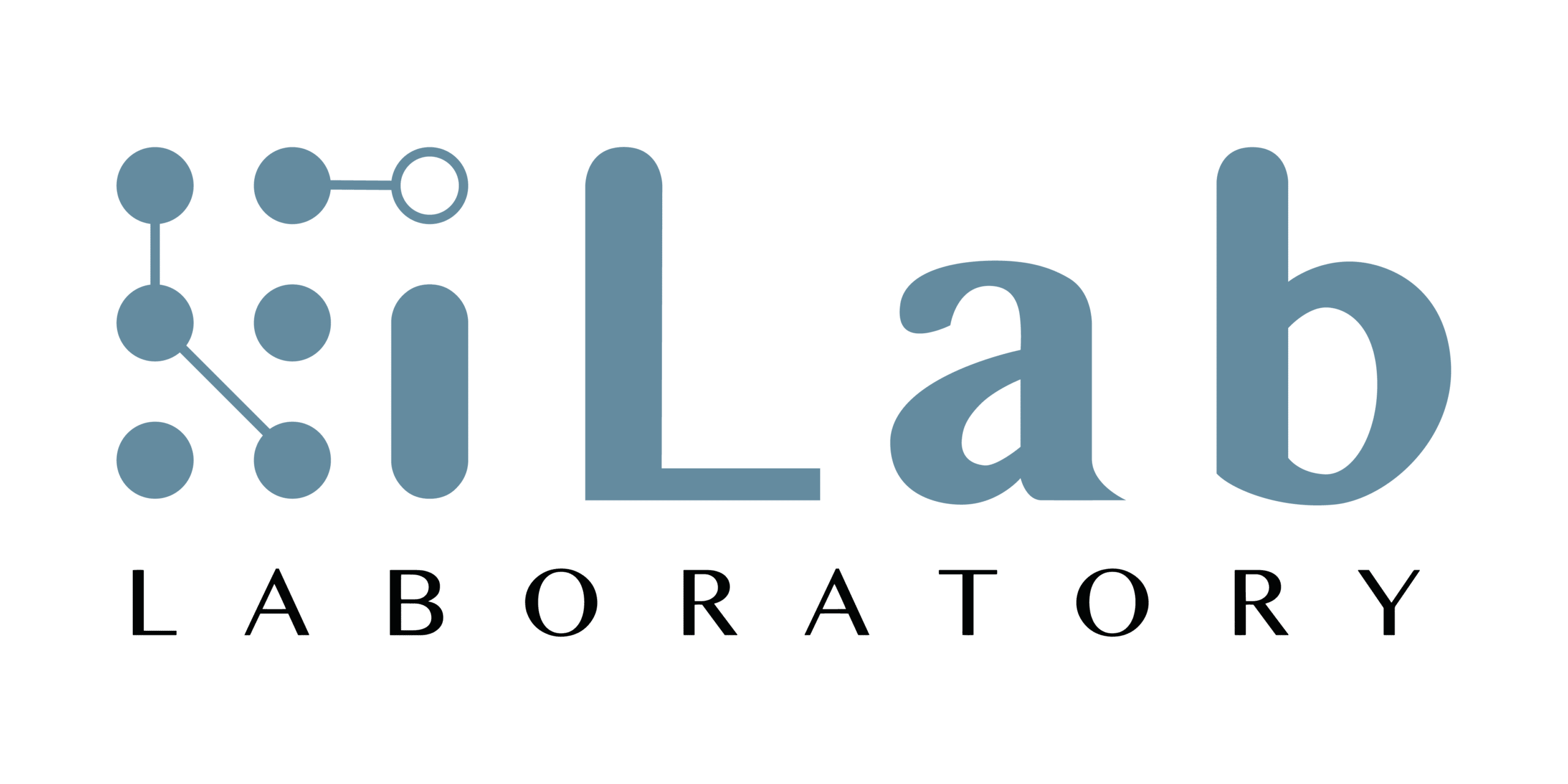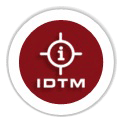Full kontroll – Hela processen – Hela graviditeten
Detaljerade analyser inom
graviditet och fosterdiagnostik
Välkommen till Sveriges största NIPT-leverantör!
Vi tar emot patienter från hela Norden
Babyscreen® är ett svenskt företag som drivs av erfarna specialistläkare och specialistutbildade barnmorskor.
Vi erbjuder analyser och tjänster inom graviditet och fosterdiagnostik, bland annat Vanadis® NIPT.
Vanadis® NIPT är en toppmodern, nästa generations plattform som är uppfunnen i Sverige.
Pris: NIPT, endast blodprov – 4590 SEK
Pris: NIPT med Ultraljud – från 4990 SEK
Alla analyser utförs i Sverige.
Monika L.
Läs mer
Bare positiv tilbakemelding, flinke damer som jobber der!
Dragana S.
Läs mer
Supertrevlig personal,vi är jättenöjda. Gjorde viabilitetsultraljud. Rekommenderar kliniken till alla!
Johanna S.
Läs mer
Wow! Vilket bemötande! Har bara positivt att säga. Kände mig sedd, bekräftad och väl omhändertagen. Uppskattade verkligen att läkaren sa att det var en bebis, inte ett foster. Kändes verkligen human i sitt arbetssätt. Gjorde ett noggrant ul, fick flera bilder och filmklipp. Rekommenderar alla att gå hit!
Cecilia L.
Läs mer
Blev först väl mottagen i receptionen, och ultraljudet var en fantastisk upplevelse med mycket förklaringar om rörelser, bebisens kroppsdelar och organ. Vi är supernöjda med vårat besök hos Babyscreen!
Sanna Z.
Läs mer
Bokade in NIPT, och har bara bra upplevelser av mötet med de på babyscreen. Trevlig personal i reception och super trevlig läkare som tog proverna på mig och gav info kring NIPT. Nu väntar jag spänt på resultatet 🙂
Jocelyn V.
Läs mer
Such a wonderful experience!
Emilia R.
Läs mer
Väldigt bra läkare som tog sig tid att förklara allt!
Boglarka Szentjobbi
Läs mer
Everything went well and very fast. The nurse was super gentle who took my blood. Results came in a week. Super pleased.
Malin Andersson
Läs mer
Fint bemötande av alla vi träffade på. Vi gjorde ultraljud med NIPT.
Kändes proffsiga på sitt jobb.
Varma rekommendationer från oss!
Sara Stoopendahl
Läs mer
Så bra på alla sätt,
Lugn och saklig personal,
Och vi fick väldigt fina bilder från ultraljudet.
Föregående
Nästa

Bokadirekt Babyscreen Göteborg
4.7/5


